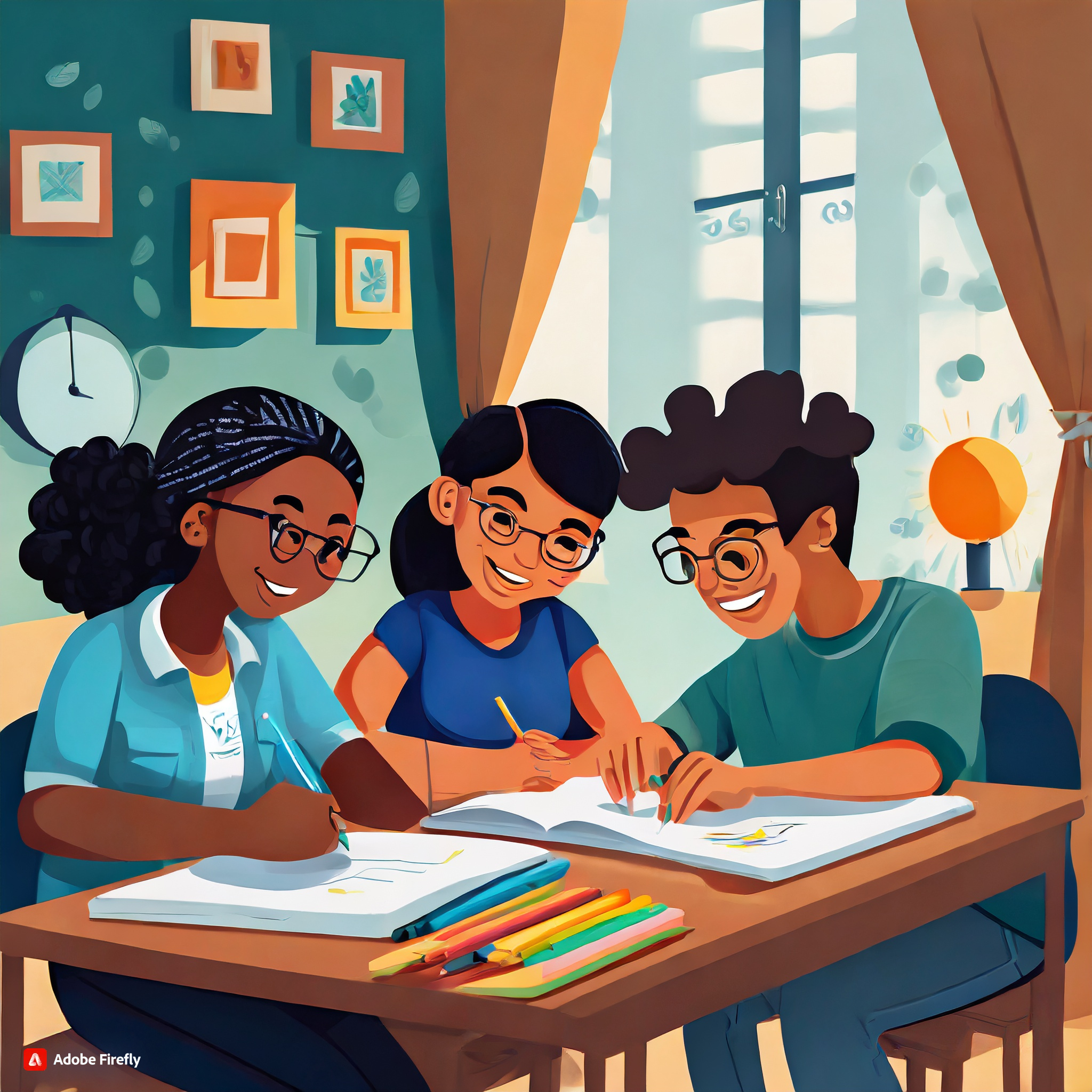Are you stuck in a lesson plan slump and looking for a way to revitalize your go-to activities? Well, it might be time to give project-based learning (PBL) a shot. PBL is a teaching method where students actively engage in real-world, personally meaningful projects, according to PBL Works.
So, what’s the deal with PBL? For students who aren’t solely motivated by grades, PBL allows them to shift their focus to the end product. It amps up classroom engagement and mirrors the dynamics of the real-world workforce. When done right, PBL can tap into students’ passions, blending learning with enjoyment. Take a look at this eMediaVA resource to see how a school in Philadelphia exclusively revolves around PBL.
Moreover, PBLs seamlessly introduce cross-curricular material without feeling forced. An assignment could effortlessly cover research (history and language arts), presentation skills (writing, grammar, and mechanics), and the project content itself, spanning subjects like math, science, or technology. You’ll discover that project-based learning offers students choices without relying on traditional choice boards.
To kick things off, ask yourself, “What problem can my content solve? What out-of-the-box solutions could a student present to fix this problem?”
Consider this scenario: You’re a history teacher presenting this problem to your students – “Our town wants to build a monument to someone who made a unique contribution to our history. Who should the monument commemorate? How will it be funded? What will it look like? What will it be made of? How will you present this to the city council?”
Then, provide your students with a rubric covering aspects such as citing sources, summarizing history, a written proposal, the math involved in finding funding, grammar, mechanics, and the presentation of the final product.
The possibilities for an assignment like this are endless. Students can use slides, posters, flyers, or physical models, just to name a few. More importantly, they’re utilizing multiple skills simultaneously, creating something based on their interests, and learning becomes significantly more meaningful.
If you need more inspiration to kickstart your project-based learning journey, check out these resources:
Kristen Strickland is an ITRT in Chesapeake Public Schools and an eMediaVA Ambassador.
